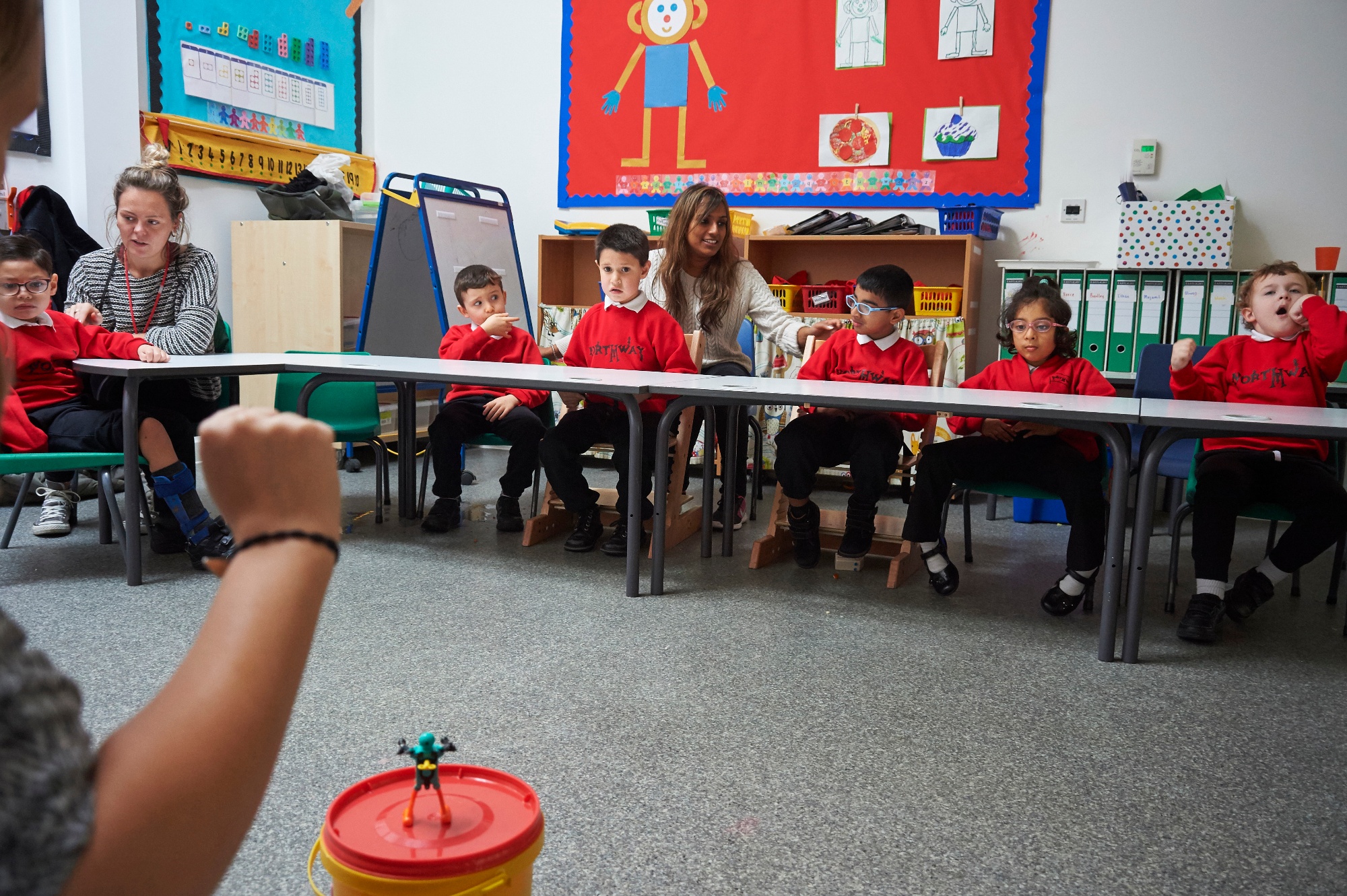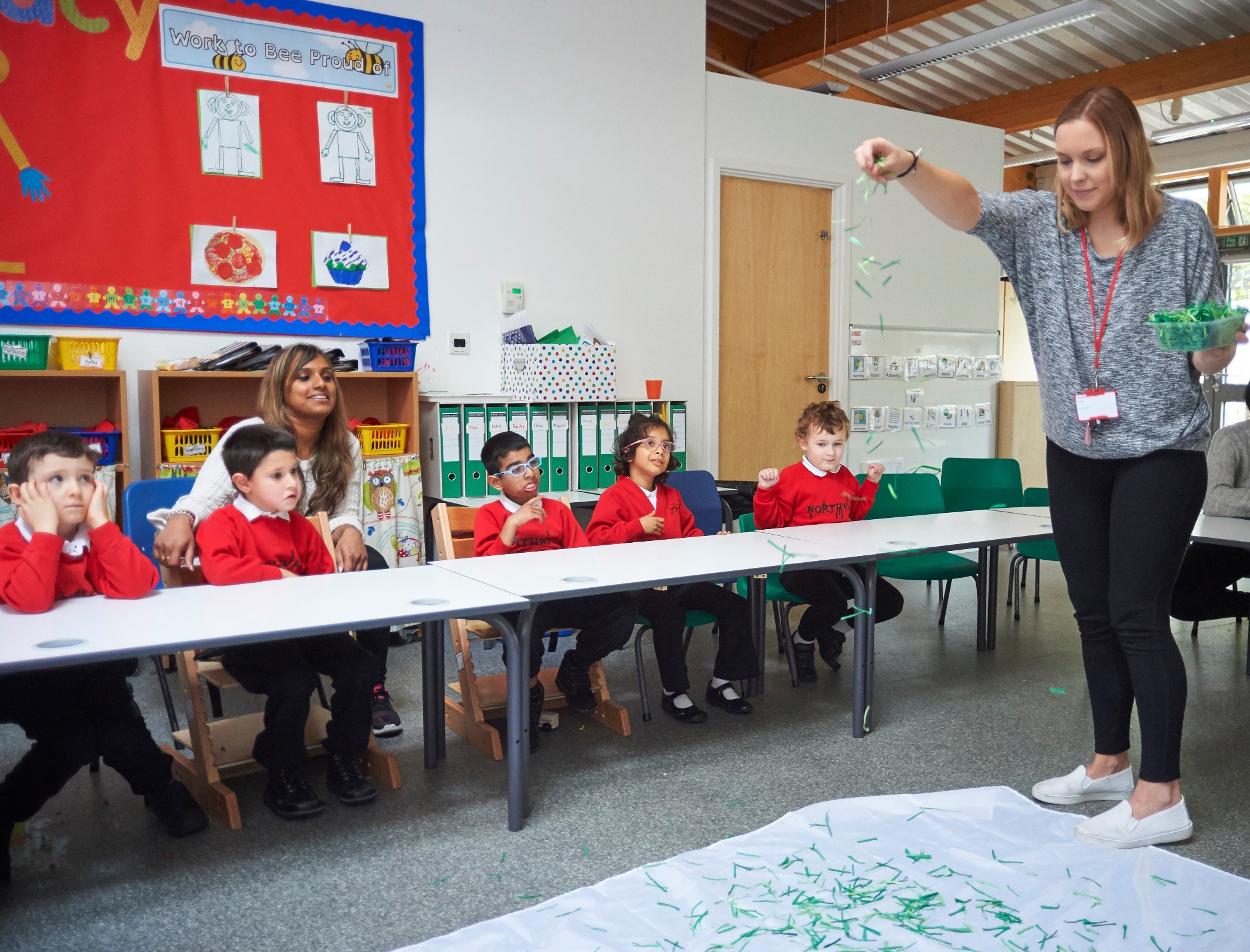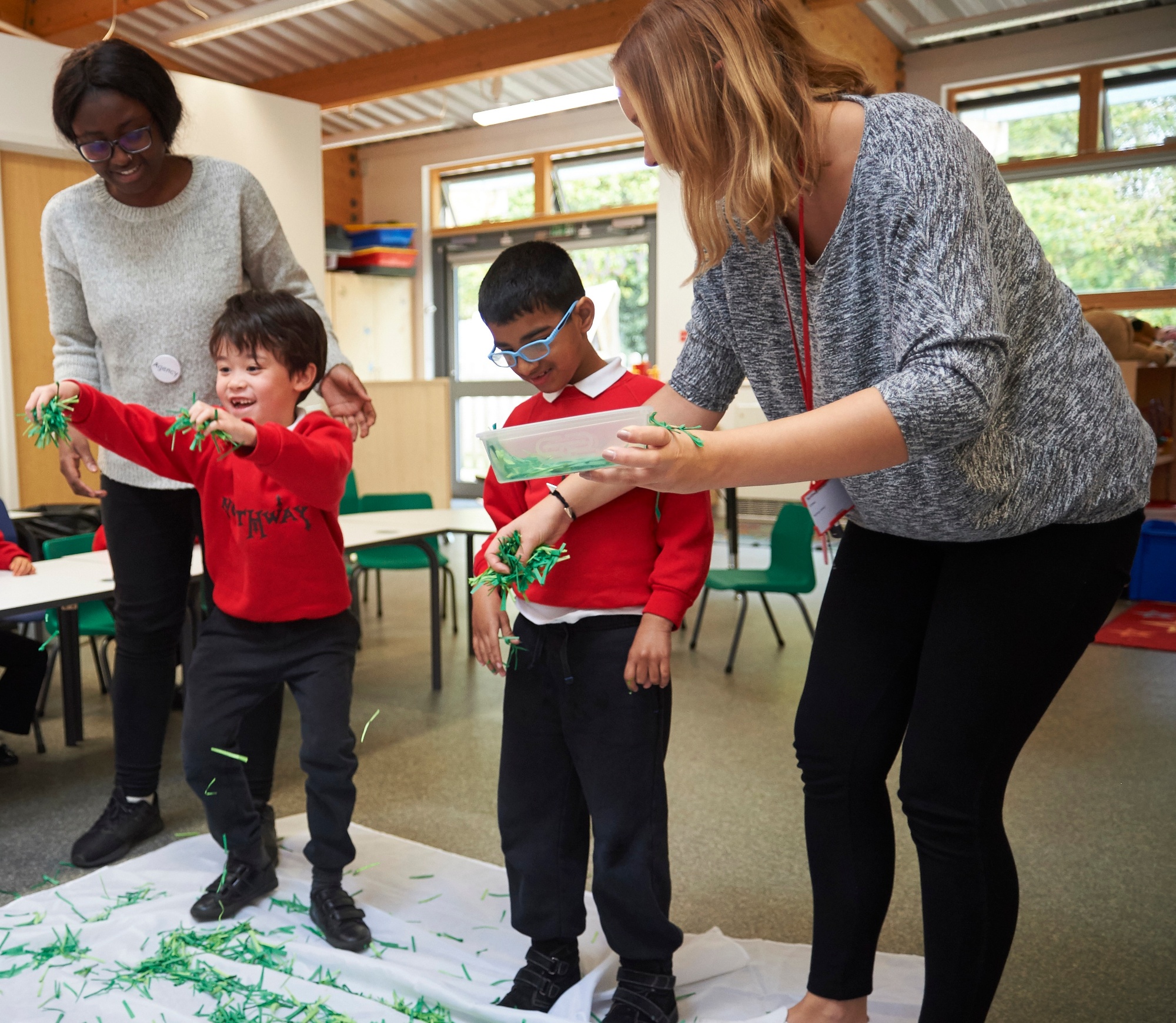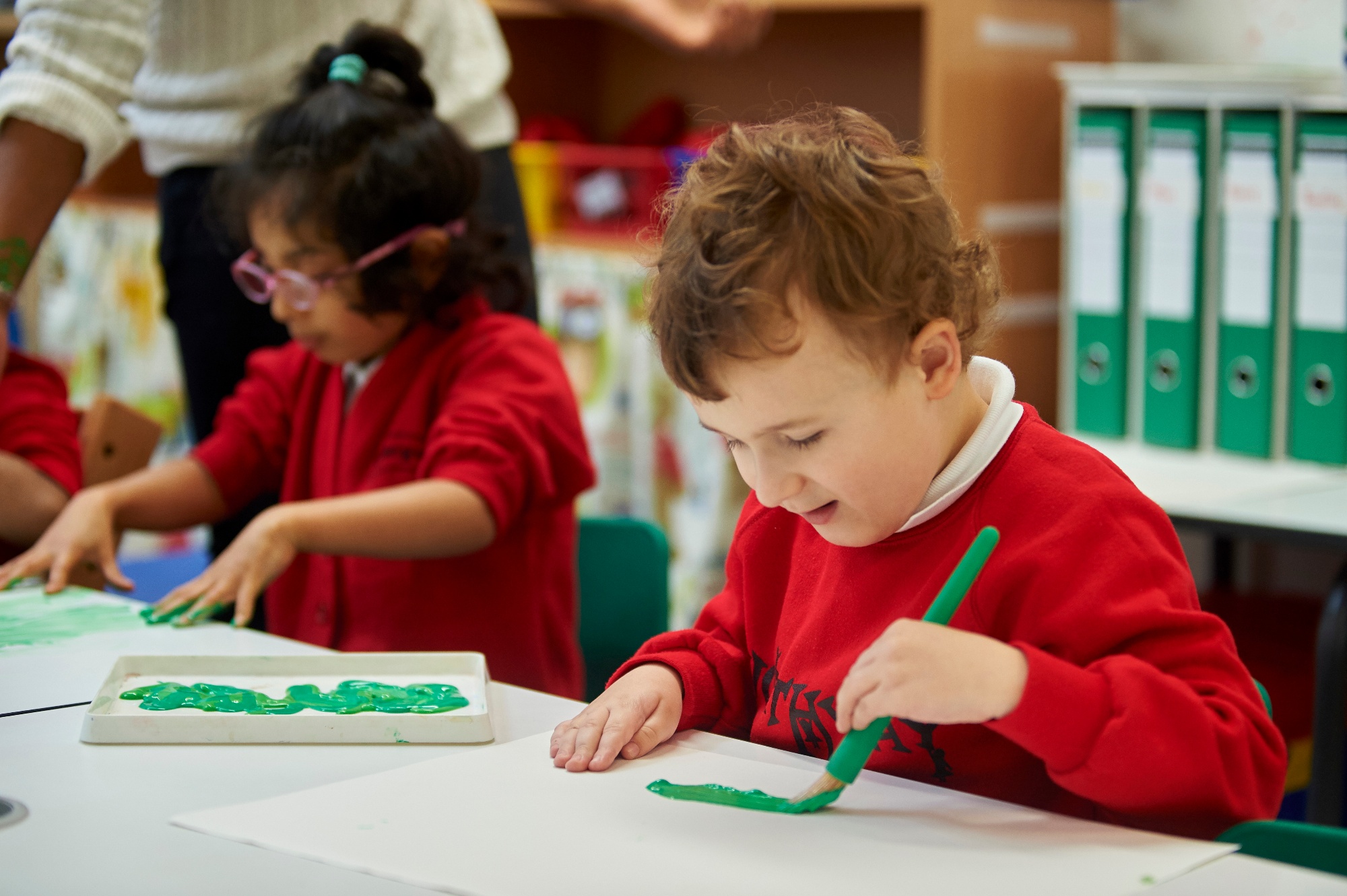Speech Therapy
The Speech and Language Therapy Team at Northway works on a 3 Tier Model of service delivery. This encompasses Speech and Language Therapy input at the Universal, Targeted and Specialist Level. This model recognises that communication occurs all of the time and in every situation. It recognises that everyone supporting your child needs to be skilled in supporting their speech, language and communication needs in a range of different environments.
At Northway, we frequently provide Speech and Language Therapy input within the classroom as research shows that this is where our input can be most effective. The input a child receives is identified by their level of need.
The Speech and Language Therapy Team at Northway work with teaching staff at the Universal and Targeted Levels to:
- Identify individual targets for students to develop key communication skills;
- Identify and model the use of activities and resources that staff can use in class to work on targets;
- Deliver regular training to staff to teach them how to incorporate and use different therapeutic techniques.
The Speech and Language Therapy Team at Northway work with students at the Specialist Level to:
- Assess and review a student’s skills in the area of Speech, Language and Communication and where appropriate Eating and Drinking Skills;
- Target specific areas that require additional work. This may be individually, within a pair or within a small group and may be carried out by a Speech and Language Therapist or a Speech and Language Therapy Assistant.
Parents are always welcome to contact the Speech and Language Therapy Team at Northway to discuss their child’s progress or to arrange a meeting.
ATTENTION NORTHWAY!
Attention Autism is an intervention model designed by Gina Davies, Specialist Speech and Language Therapist. It aims to develop natural and spontaneous communication through the use of visually based and highly motivating activities that capture the attention of our pupils. Northway staff were lucky enough to be trained by Gina Davies herself, her primary objective is that the sessions are fun and “offer an irresistible invitation to learn”! Northway staff have taken that on board and love delivering these sessions; pupils benefit from regular sessions, building up to following the four stages.
Aims of Attention Autism
- To engage attention
- To improve joint attention
- To develop shared enjoyment in group activities
- To increase attention in adult-led activities
- To encourage spontaneous interaction in a natural group setting
- To increase non-verbal and verbal communication through commenting
- To build a wealth and depth of vocabulary
- To have fun!
Stages of Attention Autism
The Attention Autism programme progresses through a series of stages, building on each skill level. Each new stage is introduced when the group is ready to expand attention skills.
-
Stage 1: The Bucket to Focus Attention

A bucket is filled with visually engaging objects and toys, aiming to gain the shared attention of the group. The adult leader shows each item to the group and uses simple repetitive vocabulary to comment on the various objects.
-
Stage 2: The Attention Builder

Visually stimulating activities are shown to the group by the adult leader, aiming to sustain attention for a longer period. The activities are fun, visually engaging and can often involve delightful mess!
-
Stage 3: Turn taking & Re-engaging Attention

The adult leader demonstrates a simple activity, often modelled with another adult in the group. Some children are then invited to have a turn but only if they are comfortable to do so. Not every child in the group will get a turn, which then teaches important emotional regulation skills, as well as the essential skills of waiting, turn-taking and learning through modelling.
-
Stage 4: Shifting & Re-engaging Attention

Stage 4 aims to develop the skill of engaging and shifting attention. The adult leader demonstrates a simple creative task, and then gives each child an individual kit to copy the task. The children take their kits to a table, complete the task independently, and then everyone returns to the group to show their completed tasks.
For further information visit the Gina Davies website.
